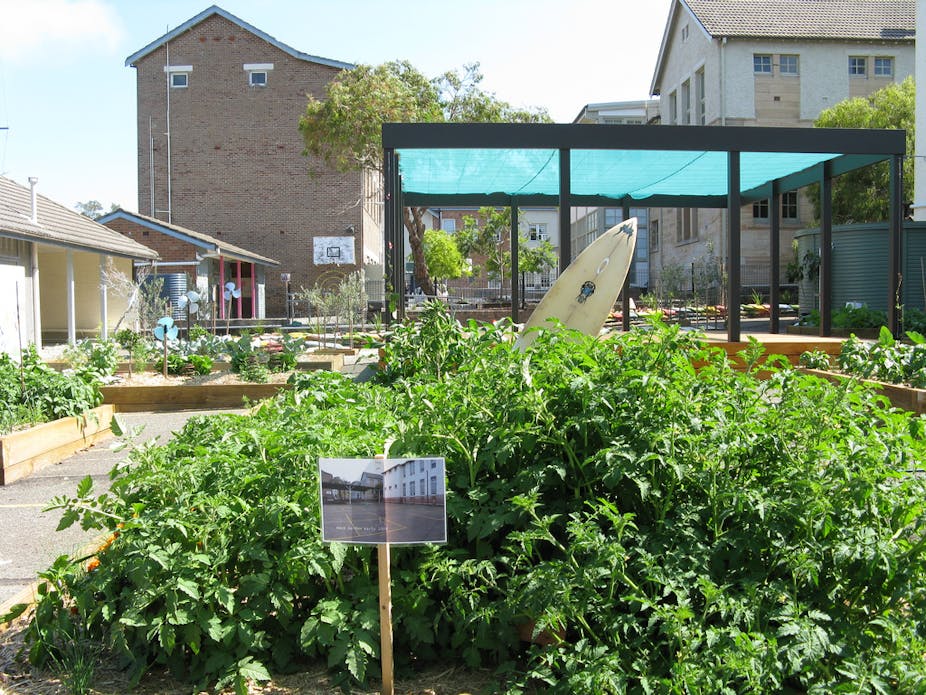Selecting the right mix of foods and preparing them safely doesn’t come naturally to humans – we need to be taught. But lessons about food and nutrition are glaringly absent from the new draft national health and physical education curriculum.
While family environments continue to be the first place we learn about food, as with other essential life skills, schools and the broader society in which we live also have a big effect. So the draft curriculum for schools provides an important opportunity to ensure all children are taught the basic skills in feeding themselves well.
Information about food is especially important for children because good nutrition optimises growth, improves learning and helps the body resist infections. They are especially important in the face of increasing rates of obesity, diabetes, cancer, heart disease, dental decay and food-borne illnesses.
But Australian children don’t have healthy diets. Fruit and vegetable consumption falls during the school years, from 61% of four- to eight-year-old children meeting the recommended one to three serves of fruit a day to only 1% of 14- to 16-year-olds doing so. For vegetables, 3% of four- to eight-year-olds eat the recommended two to four serves every day, but no 14- to 16-year-olds do.
A minority of children met the guidelines for limiting saturated fat intake and having a moderate intake of sugar, while salt consumption for all age groups exceeds the recommended upper level of intake.
There’s growing evidence that if you involve children in practical food activities, such as preparing and growing food, they’ll eat more and a wider variety of fruits and vegetables. Practical growing and cooking classes not only teach children new food skills, they are also “active classrooms” that require kids to stand and move around, contributing to their physical activity during the school day.
Kitchen classes and food gardens in Australian schools are increasing in number. But there’s a long way to go and not all children have the opportunity of learning practical food skills.
So it’s sad to see that the coverage of food knowledge and skills in the draft health and physical education curriculum is weak. If food literacy is to be taken seriously, we will need a much stronger focus on the development of skills to produce and prepare healthy and safe food.
The draft curriculum has no clear statements of what students need to know about food and nutrition. Individual teachers will make decisions about what to teach, even though many of them will have minimal training in the area.
Home economics teachers are trained to engage students in discussions of the factors that make healthy choices difficult – and in the development of practical skills to prepare and cook food safely. But these teachers are no longer employed in some states and they are certainly not present in primary schools, where teaching practical food skills should start.
Oddly, food skills are included in the draft technology curriculum, which is also out for public comment at the moment. But food and nutrition don’t have a strong profile alongside the other technology areas.
Food skills development is proposed to be mainly for the years seven and eight students, the first years of high school. This means that primary students have few opportunities for hands-on learning about food, even though we know this is a particularly powerful learning strategy for these important years.
The goal of the education system is to produce active and informed citizens. This must also include active food citizens. Students should have the tools for a healthy lifelong relationship with food and the capacity to change their food intake in response to changes in their lives. What’s more, they should be empowered to influence Australia’s food future.
Submissions on the draft national health and physical education and technology curricula close on April 12 and May 10, 2013, respectively. This is first time Australia will have a national curricula and it’s an important opportunity to support the health of all Australian children. It’s an important time to speak up and have your voice heard.

